Bush-willow, River bushwillow
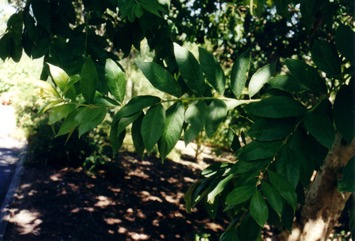
A tropical plant. It grows along river banks and can form thick stands. It is drought resistant. It will grow in most soils. It needs a sunny position. It is damaged by frost. It grows between 15-1,525 m above sea level. It can grow in arid places. It suits hardiness zones 10-11. In Brisbane Botanical Garden.
Also known as:
Chitiswati, Modibo, Moduba, Mudhuvu, Mudiki, Mupuma, Mutepe, River combretum, Umdubu
Synonyms
- Terminalia erythrophylla Burch.
- Combretum glomeruliflorum Sond. var. obscurum
- Combretum lydenburgianum Engl. & Diels
Edible Portion
- Gum
Where does Bush-willow grow?
Found in: Africa, Australia, Botswana, East Africa, Eswatini, Lesotho, Mozambique, Namibia, South Africa, Southern Africa, Swaziland, Zimbabwe
Notes: There are about 255 Combretum species.
Growing Bush-willow, River bushwillow
Cultivation: Plants can be grown from seeds. The seeds germinate easily. It can also be grown from cuttings.
Edible Uses: Caution: The fruit and seeds are poisonous.
Production: The plants grow quickly.
Nutrition Info
per 100g edible portion| Edible Part | Energy (kcal) | Protein (g) | Iron (mg) | Vitamin A (ug) | Vitamin c (mg) | Zinc (mg) | % Water |
|---|---|---|---|---|---|---|---|
| - | - | - | - | - | - |
Bush-willow, River bushwillow Photos

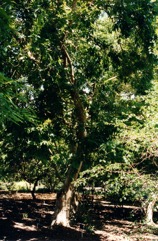
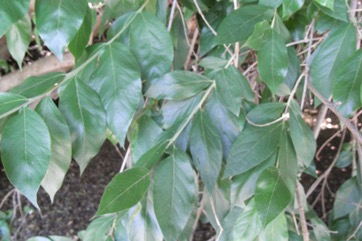
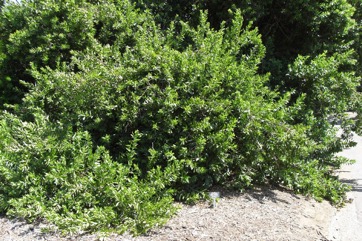
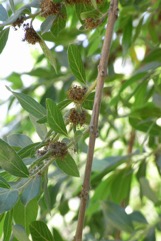
References
Bodkin, F., 1991, Encyclopedia Botanica. Cornstalk publishing, p 274
Drummond, R. B., 1981, Common Trees of the Central Watershed Woodlands of Zimbabwe, National Herbarium Salisbury. p 156
Etherington, K., & Imwold, D., (Eds), 2001, Botanica's Trees & Shrubs. The illustrated A-Z of over 8500 trees and shrubs. Random House, Australia. p 222
Grivetti, 1976, 1979,
Grivetti, L. E., 1980, Agricultural development: present and potential role of edible wild plants. Part 2: Sub-Saharan Africa, Report to the Department of State Agency for International Development. p 79
Linnaea 23:43. 1850
Lord, E.E., & Willis, J.H., 1999, Shrubs and Trees for Australian gardens. Lothian. p 217
Palgrave, K.C., 1996, Trees of Southern Africa. Struik Publishers. p 667
Peters, C. R., O'Brien, E. M., and Drummond, R.B., 1992, Edible Wild plants of Sub-saharan Africa. Kew. p 85
Royal Botanic Gardens, Kew (1999). Survey of Economic Plants for Arid and Semi-Arid Lands (SEPASAL) database. Published on the Internet; http://www.rbgkew.org.uk/ceb/sepasal/internet [Accessed 10th April 2011]
Ruiters-Welcome, A. K., 2019, Food plants of southern Africa. Ph.D. thesis. Univ. of Johannesburg p 45
Swaziland's Flora Database http://www.sntc.org.sz/flora
World Checklist of Useful Plant Species 2020. Royal Botanic Gardens, Kew
www.zimbabweflora.co.zw 2011